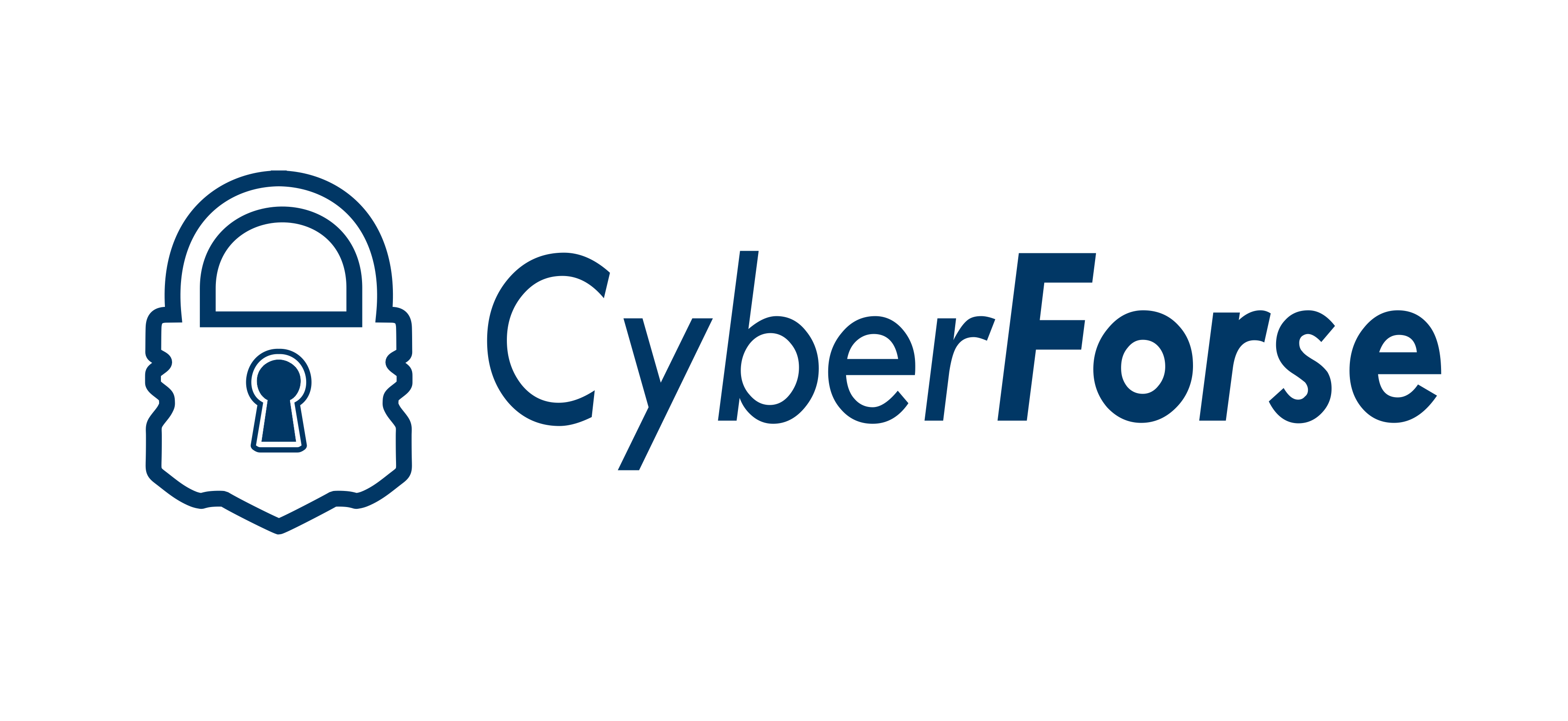-
As more businesses shift to cloud environments, the security of cloud-based data and applications becomes a top priority. This post explores best practices for securing cloud assets and ensuring compliance with industry standards.
- Common Cloud Security Challenges:
- Data breaches, insecure APIs, misconfigured cloud settings, and insider threats.
- Key Components of a Cloud Security Strategy:
- Data encryption, identity and access management (IAM), and network security.
- Best Practices for Securing Cloud Environments:
- Data Encryption: Encrypt data both in transit and at rest.
- Access Controls: Implement strict IAM protocols and use multi-factor authentication (MFA).
- Monitoring: Continuous monitoring for unusual activities or anomalies.
- Importance of Compliance with Industry Regulations:
- Adhering to standards like GDPR, HIPAA, and SOC 2 helps avoid penalties and ensure data protection.
- Tools and Services for Cloud Security:
- Solutions from AWS, Azure, Google Cloud, and third-party cloud security providers.
Businesses must adopt a comprehensive cloud security strategy that includes encryption, access management, and continuous monitoring to protect their cloud data and applications. Prioritizing security ensures long-term success in the cloud. - Common Cloud Security Challenges:
Subscribe To Our Newsletter To Get Latest Updates
Phone
+233 (302) 456 662

